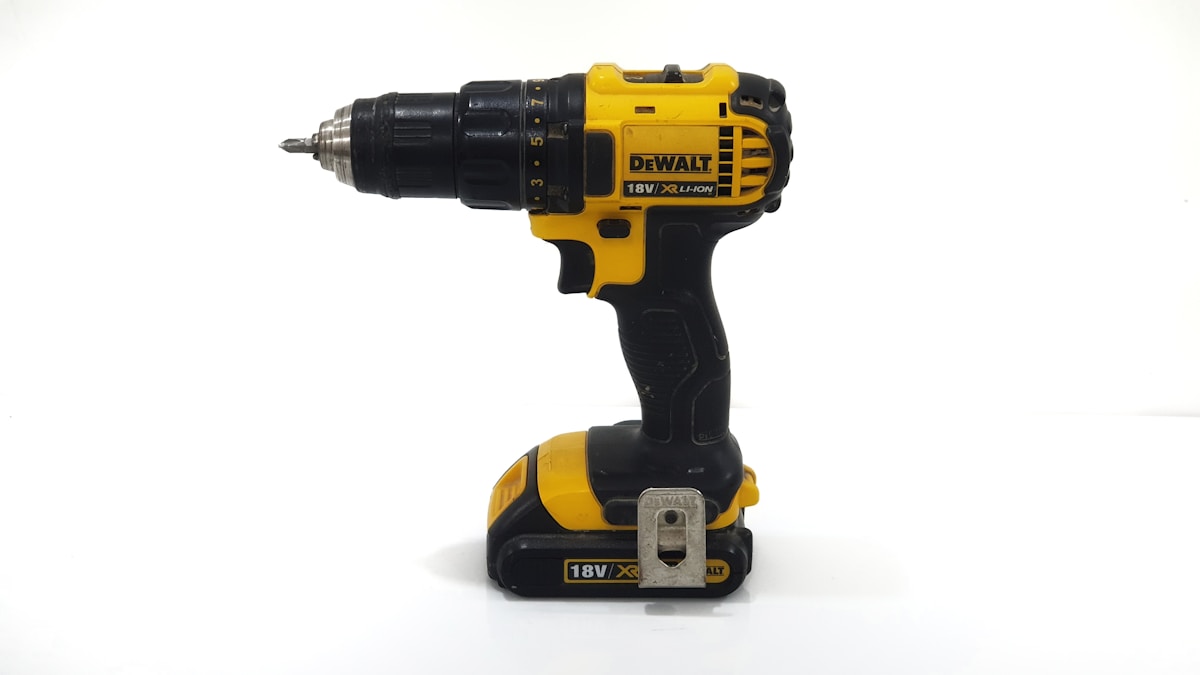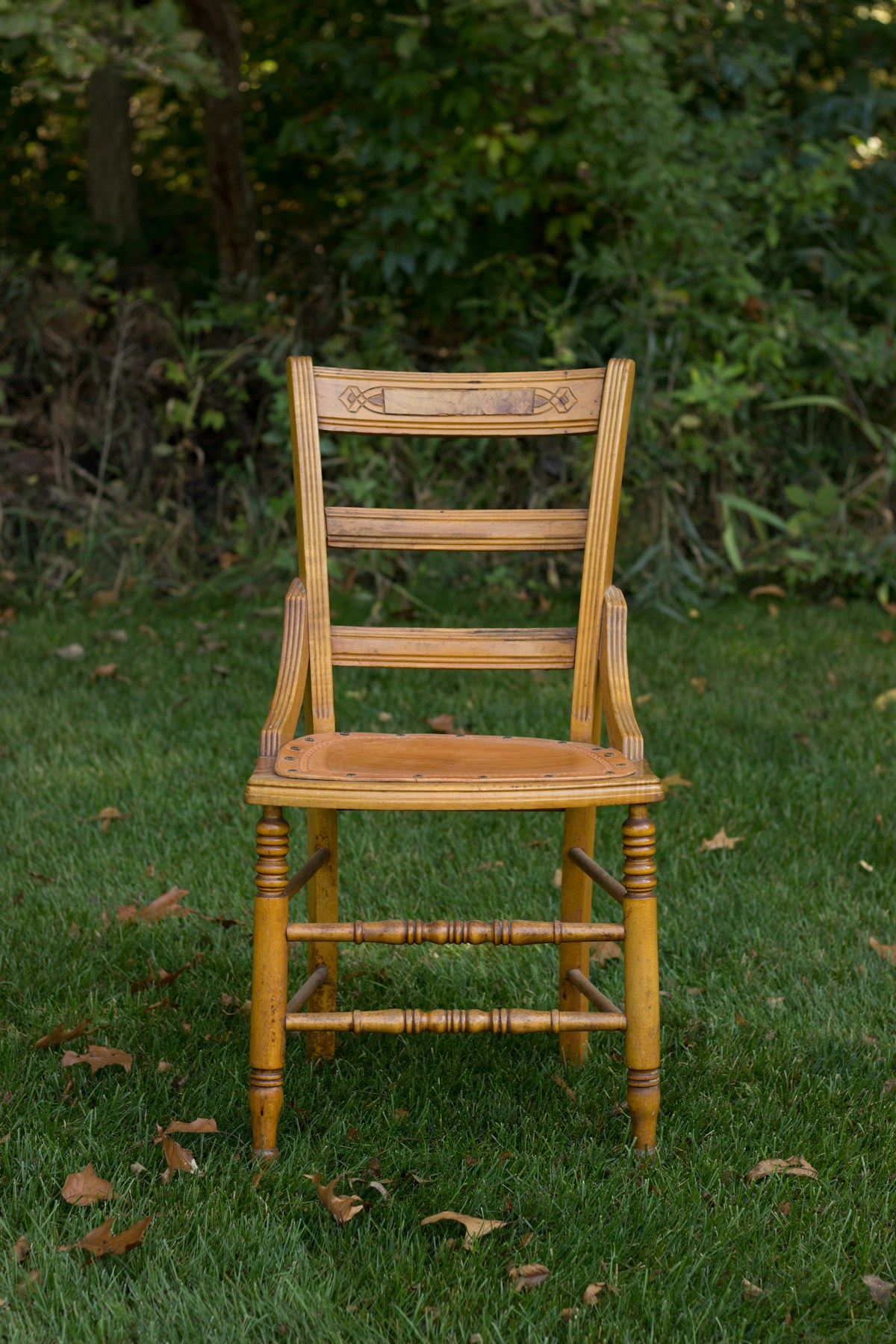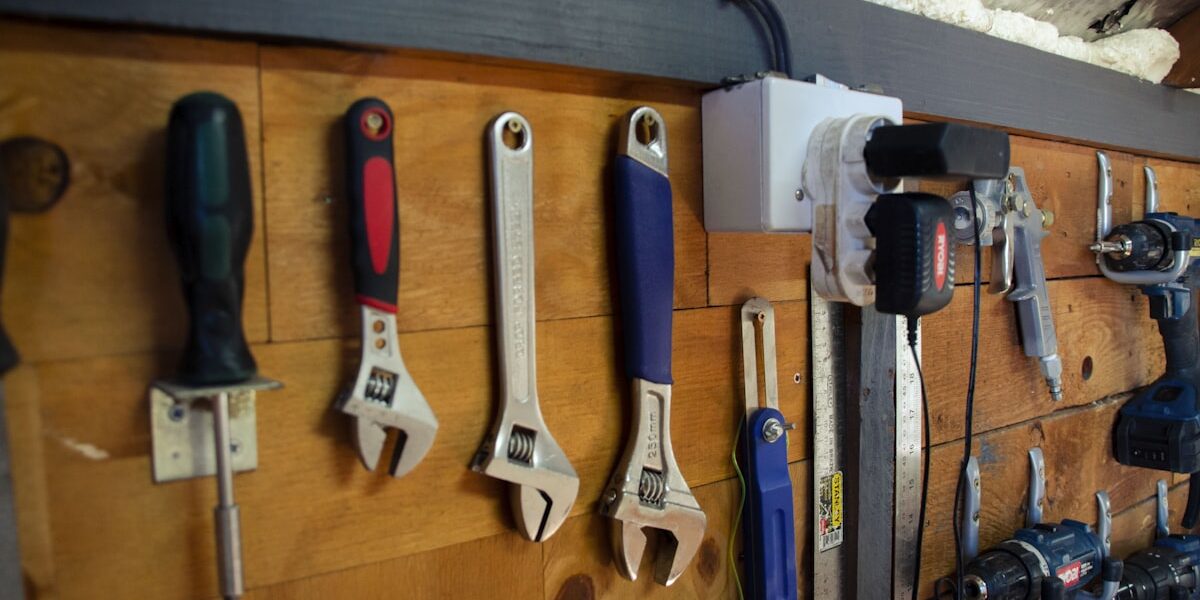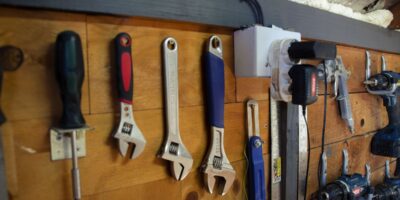Table Saw Workstation
Table Saw Workstation
A table saw is an essential tool for woodworkers. It allows for precise cuts, enhancing efficiency in various projects. Building a workstation for your table saw can streamline your workflow and improve safety.
Choosing the Right Table Saw
Start by selecting a table saw that fits your needs. Consider factors such as motor power, blade size, and portability. A higher horsepower motor enables cutting through harder materials. Standard blade sizes are 10 inches, though smaller and larger options are available.
Stationary vs. Portable
Stationary table saws offer stability and power, ideal for a permanent shop setup. Portable table saws provide flexibility for job sites or smaller workspaces. Weigh the pros and cons based on your typical projects.
Designing Your Workstation
Plan your workstation layout to incorporate all necessary elements. Ensure it accommodates the full range of motion for the table saw and provides ample space for handling materials.
Table Extensions

Include table extensions to support longer workpieces. Extensions reduce sagging, which leads to more accurate cuts. Consider adjustable options to maximize versatility.
Dust Collection System
Implementing an effective dust collection system is crucial for a healthy workspace. Connect a vacuum or dust collection unit to your table saw. Addition of a shroud or hood can further capture sawdust.
Safety Measures
Safety is paramount when working with a table saw. Implement both physical and procedural safety measures. Ensure guards and anti-kickback devices are in place and properly maintained.
Blade Guard

Always use the blade guard to protect against accidental contact. Some guards are clear, allowing for better visibility while cutting.
Push Sticks and Featherboards
Use push sticks to guide narrower materials through the saw. Featherboards help keep materials tight against the fence, reducing kickback risk.
Storage Solutions
Integrate storage solutions into your workstation for tools and accessories. Custom cabinets or drawers can keep essentials within reach, enhancing efficiency.
Blade Storage
Store blades in a dedicated rack or drawer. Label each slot to easily find different types. Avoid stacking blades together to prevent damage.
Accessory Drawers
Include drawers for push sticks, featherboards, wrenches, and other accessories. Having these items organized and readily accessible saves time.
Electrical Considerations
Ensure your workstation has adequate electrical supply and outlets. Overloading circuits can lead to power issues and pose safety risks.
Dedicated Circuit
It’s advisable to have a dedicated circuit for your table saw. This prevents other tools from tripping breakers during operation.
Extension Cords
Use heavy-duty extension cords if necessary. Ensure they are rated for the amperage requirements of your saw.
Workholding and Supports
Include workholding and support solutions to keep materials steady during cuts. Rollers, stands, and clamps can all provide additional support.
Outfeed Tables
Outfeed tables support materials as they pass through the saw. They can be adjustable or fixed, depending on the needs of your projects.
Clamping Solutions
Clamps hold your workpieces securely. Integrate clamp storage into your workstation so they’re always within reach.
Maintenance and Upkeep
Regular maintenance of your table saw and workstation ensures longevity and performance. Develop a routine to keep everything in top condition.
Blade Cleaning
Clean blades regularly to remove pitch and resin buildup. This maintains cutting efficiency and extends blade life.
Lubrication
Lubricate moving parts to reduce wear and prevent rust. Use appropriate lubricants for different components.
Optimizing Workflow
Arrange your workstation for an efficient workflow. Position tools and materials to minimize unnecessary movement and time wasted.
Material Placement
Keep materials close to your table saw. An organized stack or rack can speed up processing time.
Tool Organization
Store hand tools within easy reach. Use pegboards, magnetic strips, or custom storage solutions to keep everything organized.
Ergonomics and Comfort
Design your workstation to reduce strain. Proper ergonomics can prevent injuries and increase productivity.
Adjustable Heights
Consider adjustable-height tables and stands. This allows for comfortable positioning during prolonged use.
Anti-Fatigue Mats
Place anti-fatigue mats in areas where you stand the most. This provides cushioning and reduces stress on joints.
Adding Mobility
If space is a concern, incorporate mobility into your workstation design. Casters on tables and stands allow for easy repositioning.
Locking Casters
Use locking casters to ensure stability when working. They prevent unwanted movement while cutting materials.
Foldable Elements
Foldable tables or extensions can be helpful in a small workspace. They provide support when needed and save space when not in use.
Final Thoughts
A well-planned table saw workstation enhances efficiency, safety, and overall satisfaction in woodworking projects. By considering factors such as layout, safety, and ergonomics, you can create a workspace tailored to your needs.



Subscribe for Updates
Get the latest articles delivered to your inbox.
We respect your privacy. Unsubscribe anytime.